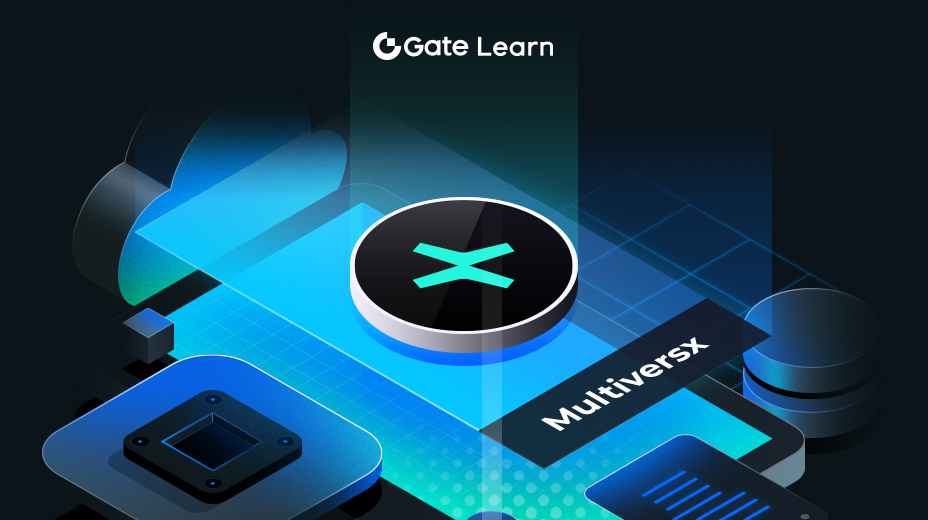Présentation de Lumia
Ce module couvre l'évolution, les objectifs, la situation actuelle et l'équipe de direction derrière le projet Lumia Blockchain.
Présentation de Lumia

Le protocole Orion a été conçu à l’origine pour fusionner l’accès aux échanges centralisés, aux échanges décentralisés et aux pools de liquidité en une seule interface conviviale en consolidant les liquidités provenant de plusieurs sources. Cette approche vise à résoudre le problème de la liquidité décentralisée des crypto-monnaies, en donnant aux utilisateurs l’accès à des pools de liquidité plus importants sans avoir à passer d’une plateforme à l’autre. En 2024, Orion Protocol a changé de nom pour devenir Lumia afin de refléter l’évolution de son orientation et l’élargissement de sa portée dans l’espace de la finance décentralisée (DeFi). Le changement de marque s’est accompagné d’une conversion de jetons, les jetons ORN étant convertis en LUMIA dans un rapport de 1:1 tout en augmentant l’offre totale de 92 631 255 à 238 888 888. Il ne s’agit pas seulement d’un rafraîchissement de la marque, mais aussi d’une extension de la vision et de la fonctionnalité du projet.
L'objectif de Lumia est de résoudre les problèmes persistants dans la DeFi, en particulier les défis de la dispersion de la liquidité et de l'efficacité de l'allocation des capitaux. La dispersion de la liquidité fait référence à la répartition de la liquidité sur plusieurs plates-formes, ce qui limite les opportunités pour les utilisateurs d'obtenir les meilleures conditions de transaction et réduit l'efficacité. En introduisant une couche de liquidité intégrée sur une blockchain de couche 2, Lumia cherche à intégrer la liquidité provenant de différentes sources dans un cadre unifié, réalisant ainsi une centralisation de l'accès à la liquidité. Ce développement améliore la scalabilité de la plate-forme, prend en charge des volumes de transactions plus élevés et des frais plus bas, offrant ainsi un avantage considérable aux applications décentralisées construites sur cette plate-forme.
Lumia se concentre sur l'amélioration de l'accessibilité de la liquidité et l'optimisation de la plateforme pour augmenter l'engagement des développeurs, ce qui est étroitement lié à sa transition vers la couche 2. Cette approche utilise une technologie avancée pour regrouper les transactions, réduisant ainsi la charge sur la blockchain principale et réduisant les coûts de transaction pour les utilisateurs. La conception de Lumia permet non seulement une utilisation plus efficace des ressources, mais offre également un environnement DeFi plus simple et accessible pour les utilisateurs et les développeurs, élargissant les possibilités d'interaction.
Vision et objectifs du projet

La méthode principale de Lumia consiste à introduire des actifs du monde réel (Real-World Assets, RWAs) dans la finance décentralisée (DeFi), permettant la tokenisation d'actifs tels que l'immobilier, les produits de base et autres ressources tangibles. Cette intégration vise à élargir l'application de la DeFi et à créer un lien entre les actifs réels et la finance numérique.
En intégrant la liquidité des sources centralisées et décentralisées, Lumia vise à réduire les problèmes de dispersion de la liquidité et à créer un environnement DeFi plus efficace et accessible. L'accent mis par Lumia sur l'efficacité du capital vise à réduire le seuil de participation des utilisateurs à DeFi, permettant à davantage de personnes de se le permettre et de participer.
État actuel et jalons de développement
La phase de test de Lumia fournit un environnement préliminaire aux développeurs et aux utilisateurs pour tester et découvrir les fonctionnalités de la plateforme, afin de les améliorer et de les optimiser avant le lancement sur le réseau principal. Cette étape est une étape clé du processus de développement.
Après la phase de testnet, Lumia se déploie sur le mainnet. À ce moment-là, la plateforme intégrera pleinement ses composants et sera ouverte à un public plus large. Le lancement du mainnet est considéré comme la prochaine étape clé pour l'expansion et l'adoption.

Équipe de développement et direction
Membres clés et leur expérience:
Kal Ali- Principaux contributeurs de la fondation Lumia
Kal Ali est responsable de la direction stratégique de Lumia dans le domaine de la DeFi.Alexey KoloskovCo-fondateur et PDG
Alexey Koloskov est co-fondateur d'Orion Protocol, possédant une expertise approfondie dans les systèmes de blockchain et le domaine financier, et continuant à promouvoir le développement de Lumia.U-Chyung Lim- Directeur du développement des affaires
U-Chyung Lim est responsable du développement des activités de Lumia, se concentrant sur les partenariats stratégiques et la croissance du marché.
L'équipe derrière Lumia est composée de professionnels expérimentés dans les domaines de la technologie blockchain, des systèmes financiers et de la croissance stratégique des activités, soutenant ainsi l'objectif de Lumia d'améliorer la liquidité et d'intégrer des actifs du monde réel (RWA).
Point culminant
- Lumia renommée Orion Protocol pour faire face aux problèmes de liquidité et de scalabilité dans DeFi.
- L'objectif de Lumia est d'intégrer les actifs du monde réel (RWAs) dans la DeFi.
- Le lancement du testnet fournit un environnement contrôlé pour optimiser les fonctionnalités de Lumia.
- Le plan de déploiement du réseau principal vise à étendre les capacités de Lumia à un public plus large.
- Les membres de l'équipe principale comprennent Kal Ali, Alexey Koloskov et U-Chyung Lim, qui ont une solide expertise dans les domaines de la blockchain et de la finance.





